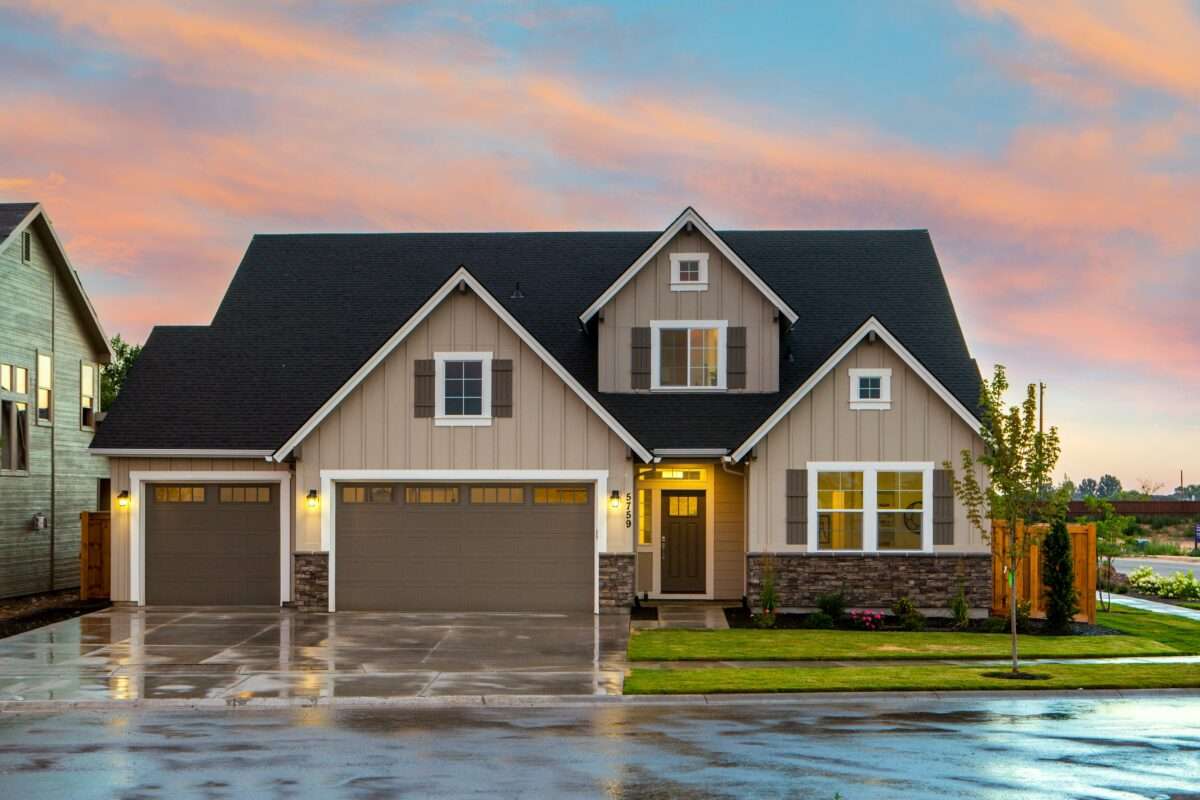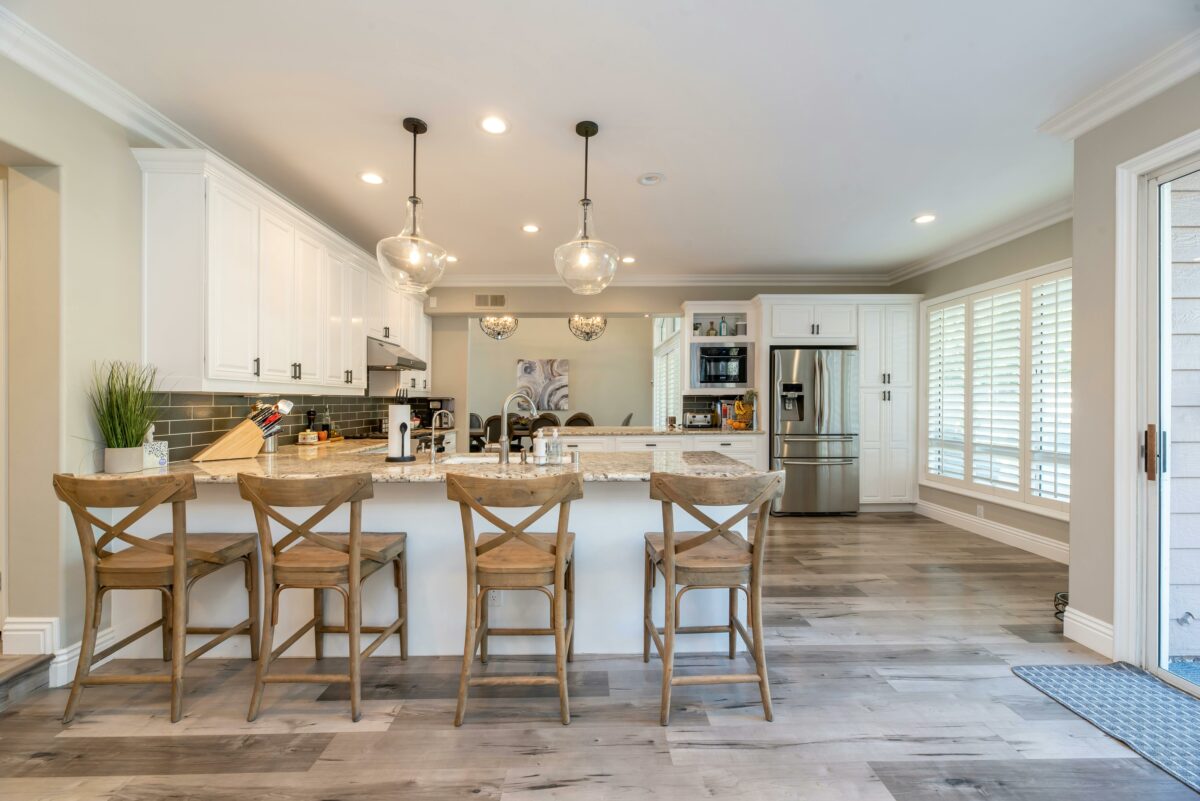The dwelling we call home is more than just a structure; it’s a living canvas where our lives unfold. Each architectural choice, from the curve of the roof to the layout of windows, is a stroke on the artist’s palette, shaping our daily environment. As we navigate the complex process of residential architecture design, there lies an opportunity to create something that travels further than just mere functionality – a space that resonates with personal significance, an extension of our values and identity.
In this extensive guide, we journey through the multifaceted realm of home design, exploring how to craft living spaces that enhance daily living. Whether you’re a homeowner embarking on a custom build or an enthusiast of architectural excellence, this post uncovers the secrets to infusing individuality and elegance into every corner of your abode.

The Essence of Residential Architecture
Residential architecture, the practice of designing and constructing living spaces, is a convergence of several disciplines. It integrates art, engineering, sociology, and environmental psychology to create homes that respond positively to their context and inhabitants. Beyond shelters, residential architectural designs become the homes of our existence, influencing our well-being, creativity, and sense of community.
Bridging Tradition with Modernity
The evolution of residential architecture has seen a rich tapestry of styles. From the humble gabled roofs of cottages to the sleek lines of contemporary urban dwellings, each era brings its aesthetics and function. Today, there’s a burgeoning movement to blend traditional forms with modern sensibilities, creating homes that are both nostalgic and forward-thinking.
A recurrent motif in residential architecture design is the integration of natural elements. Sustainable materials, passive heating and cooling strategies, and open living concepts that connect interior spaces with the outdoors underscore the symbiotic relationship between humans and their environment.
The Allure of Architectural Styles
Every region boasts architectural styles that reflect its history and culture. Whether it’s the Spanish colonial style of the American Southwest or the Victorian terraces in London, these styles carry a sense of place that resonates on an emotional level. How can one blend these styles into one’s residential architecture? It is important for both you and your architect to prioritize the importance of research and thoughtful incorporation of regional aesthetics into a modern framework.
Windows and Doors: Gateways to the Soul
Windows and doors, the primary gateways to a home, play a pivotal role that extends far beyond aesthetics.
When considering materials, it’s essential to balance durability with style. Options range from classic wood, which brings a timeless elegance, to modern vinyl, known for its superior insulation and low maintenance. For those seeking a blend of both worlds, aluminum or fiberglass could be the ideal choice.
Windows and doors are integral to the functional design of any living space. In the vast sea of options available today, making the right choice can be overwhelming.
Windows and doors are integral to the functional design of any living space. In the vast sea of options available today, making the right choice can be overwhelming. Energy efficiency is another key factor. The right windows and doors can significantly reduce energy costs, making your home more eco-friendly. Look for products with high energy star ratings – these offer the best insulation and can keep your home warm in winter and cool in summer.
But perhaps the most magical aspect of doors and windows is their ability to choreograph a dance of light and space. By carefully selecting and positioning these elements, you can control how sunlight filters into your home, creating dynamic patterns of light and shadow that change throughout the day. Large windows or glass doors can open up a room, making it feel larger and more connected with the outside world.
In conclusion, windows and doors are much more than just openings in your home. They are vital players in the symphony of architectural design, contributing not only to the visual appeal but also the comfort, energy efficiency, and overall atmosphere of your living space.
Landscaping: An Architectural Complement
Just as a frame serves to enhance and complete a painting, landscaping is the essential finishing touch that elevates the architectural design of a home. It’s the thread that seamlessly weaves your residence into the vibrant tapestry of the natural world.
In this section, we’ll tell you the core principles of landscape design, shedding light on how the dynamic interplay between landforms, plant life, and hardscapes can beautifully root your residential architecture to the earth.
Landforms, whether they’re rolling hills or serene flatlands, provide the canvas upon which your landscape design unfolds. They dictate the flow and levels of your outdoor space, influencing how elements like water features or pathways are integrated.
Plant life, the living, breathing aspect of your landscape, brings color, texture, and seasonal variety. Beyond aesthetics, plants also serve functional purposes. They provide shade, privacy, or even act as windbreaks.
Thoughtful selection and placement of plant life can create a verdant haven that complements your home.
Hardscapes, the non-living elements like patios, walkways, or retaining walls, add structure and permanence to your landscape. They offer balance, contrasting the softness of plant life and the fluidity of landforms. More than just practical, hardscapes can be a platform for artistic expression, using materials and designs that echo the architectural style of your home.
The art of landscape design lies in harmonizing these elements, creating a symbiotic relationship between your home and its surroundings. A well-curated landscape not only enhances the visual appeal of your residential architecture design but also creates an inviting, comfortable outdoor space that ties your home to the earth in a strikingly beautiful way.
The Interconnectedness of Interior and Exterior
A home is not delineated by its walls but by the experiential flow from inside to out. This section advocates for a cohesive design approach that marries the interior and exterior spaces, allowing the architecture to breathe and the inhabitants to feel a sense of openness and unity with their surroundings.
Material Synergy
Choosing materials for your home’s interior that echo those used on the exterior can create a powerful visual and emotional link. This connection can turn a house into a haven, where every element sings in tune. This process is not just about aesthetics; it’s about crafting a seamless transition between indoor and outdoor spaces, unifying your entire home environment.
When selecting materials, think about how they can flow from inside to out.
For instance, using the same flooring material in your living room and patio can blur the boundary between the two, creating a sense of continuity. Similarly, exterior brick or stone walls can be mirrored indoors by a fireplace or accent wall, strengthening the visual linkage.
Ultimately, the goal is to create a dialogue between your indoor and outdoor spaces, one that tells a cohesive story about your home. By thoughtfully choosing materials that transition smoothly, you can craft a unified, harmonious environment that not only pleases the eye but also resonates emotionally.
Emotional Design: From Space to Place
Emotional design is a powerful concept that transforms a mere space into a place filled with personal significance. By curating spaces that resonate with the homeowner’s lifestyle and aspirations, architects can create homes that are not only aesthetically pleasing but deeply meaningful as well.
Functionality Meets Aesthetic Appeal

In architecture, the point where form and function meet is a key principle that sometimes doesn’t get the attention it deserves. This is where each part of a structure has a purpose and also adds to the overall look, creating a balance between usefulness and beauty.
The idea of form following function isn’t a new one; it was a major focus for architects during the modernist movement. However, understanding its significance and applying it effectively in architectural design can be quite challenging. It involves striking a balance between practical needs and aesthetic appeal. This is where the expertise of an architect really proves invaluable.
Adaptive Design: A Home for All
As the needs of homeowners evolve, so too should their homes. Adaptive design principles ensure that residential architecture can accommodate changing lifestyles, from aging in place to facilitating multi-generational living arrangements. You should be able to incorporate flexibility into your architectural plans without compromising on elegance.
Commissioning the Right Team
The journey from a bare plot of land to a finished home is rife with decisions and complexities. Choosing the right team of architects, designers, and builders is paramount. Here are some things to think about as you deliberate selecting professionals who align with your vision and can transform it into reality.
Choosing a knowledgeable and experienced architect is crucial to the success of your residential build. Such an architect brings not only their technical expertise but also an understanding of how to make a house truly feel like a home.
An architect who prioritizes their client will listen to your needs, preferences, and lifestyle to create a design that is uniquely tailored to you. Their seasoned experience allows them to foresee potential challenges and provide solutions, ensuring a smoother building process. Ultimately, the right architect can turn your vision into reality, creating a home that is both functionally sound and aesthetically pleasing.
Keiser Design Group: Crafting Connections through Architecture
At Keiser Design Group, the path to architectural brilliance is paved with deep respect for the client-architect relationship. Our philosophy hinges on a relational approach that fosters trust and understanding, ensuring clients’ visions are heard and realized with precision and creativity.
Our experts, celebrated for seamlessly blending residential architecture design with aesthetic mastery, stand out in the field for their unwavering commitment to excellence. Whether it’s crafting a legacy in limestone or cultivating a space that speaks to your most cherished values, our skillful team is ready to listen, collaborate, and innovate.
Reach out to us today and embark on a transformative design journey where visions become vivid realities.


